Culture is a complex concept and can be quite hard to define. Cultural awareness and understanding play a vital role in the process of art-making. By considering the art of other parts of the world we become more open-minded, more able to appreciate a range of styles, techniques and expressive means. This also opens doors to greater understanding and awareness of our differences and similarities as human beings and leads us towards a more peaceful world.
The IB art student should be aware of the cultural and historical context for a work of art, be it a Paleolithic cave painting or an Abstract Expressionist canvas. What forces helped shape this work? What was the background, the context in which it was made? The cultural background of an artwork requires researching the causes and conditions that shaped the piece.
Through demonstrations, discussions, oral and written presentations about how to begin critiquing artworks, with reference to various cultural contexts, differing art forms and artists students develop their ability to research and analyze art-making practices from a variety of cultural contexts and to make informed comparisons between them. Students of IBDP are guided through the process of critical analysis, interpret the function and purpose of works, evaluate their significance within the cultural contexts in which they were created, and compare and contrast different pieces, demonstrating that they are able to articulate their understanding in both visual and written forms. Within the “cultural context”, students are encouraged to consider the historical, political, social, aesthetic and intellectual contexts from which art can evolve and to which it can contribute. They also investigate how different techniques and practices have evolved and through this be able to articulate an understanding of the range of possible approaches to creating original artwork.
Some highlights:
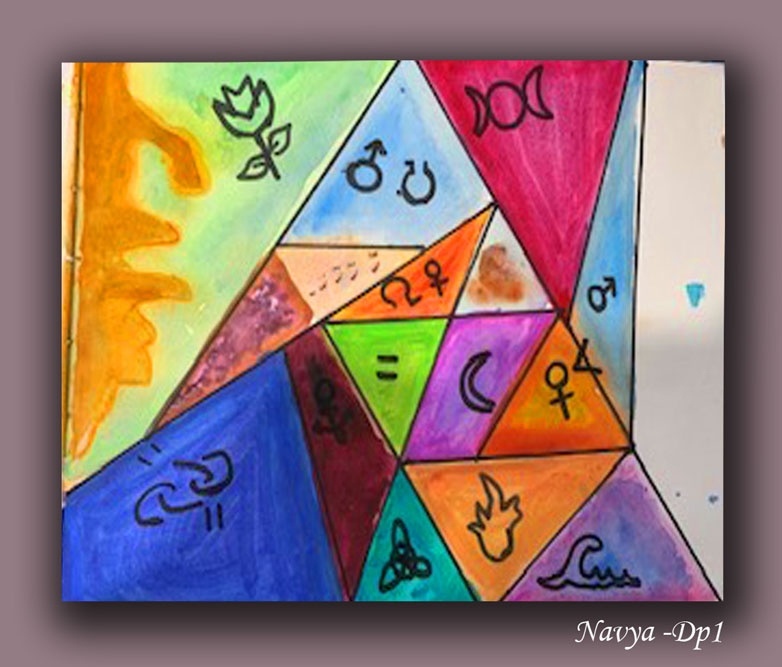
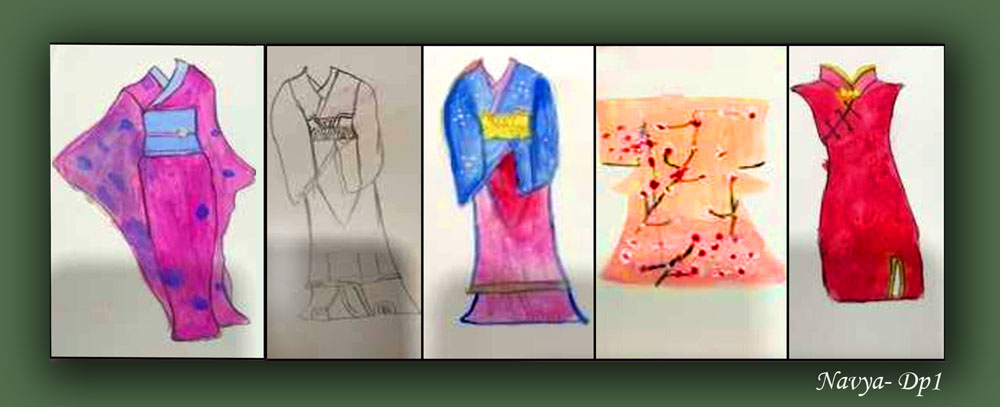
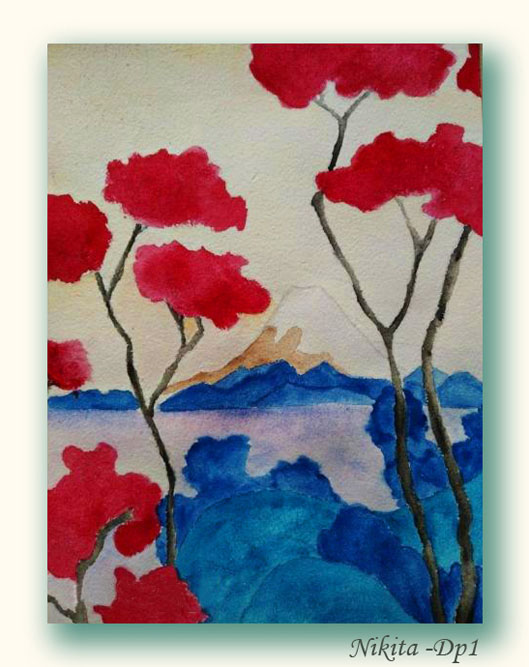
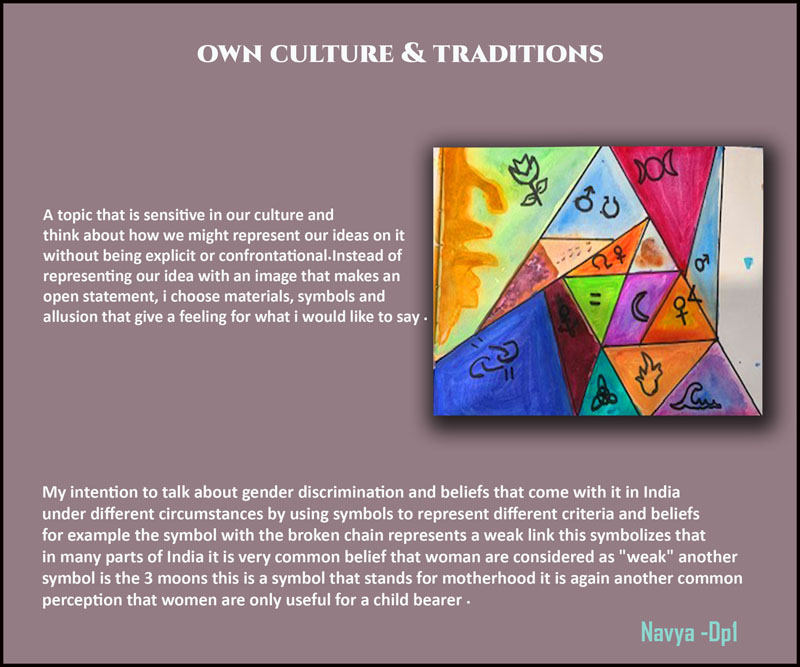
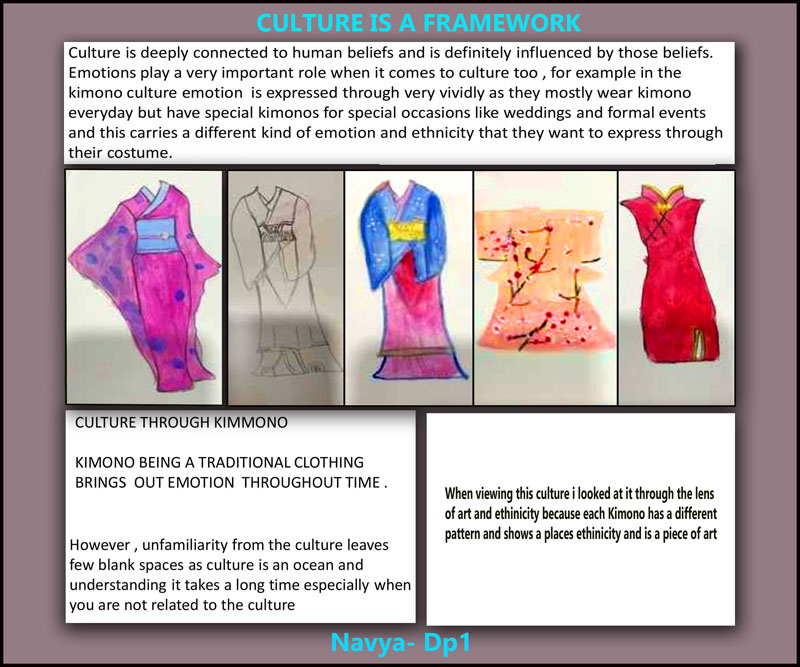
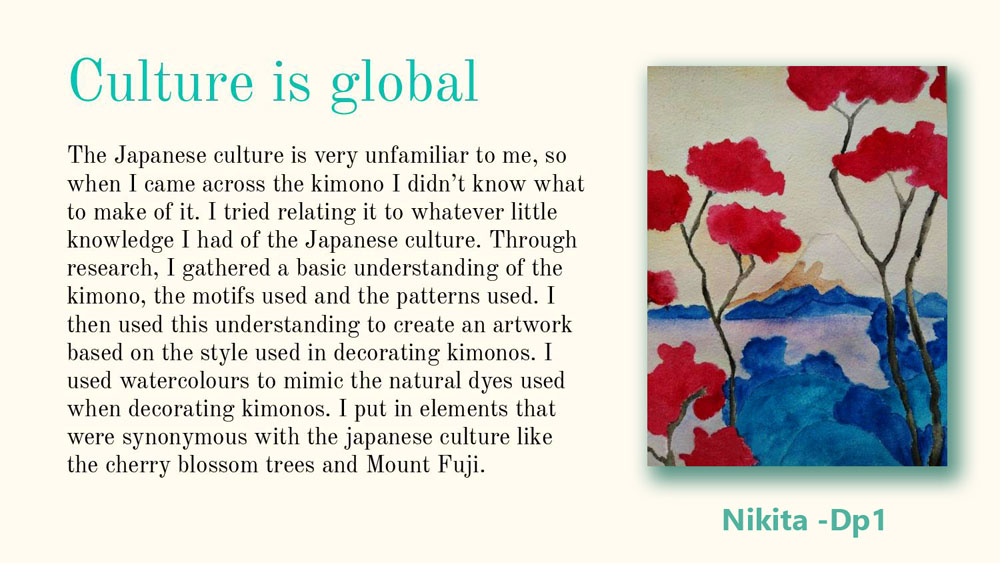
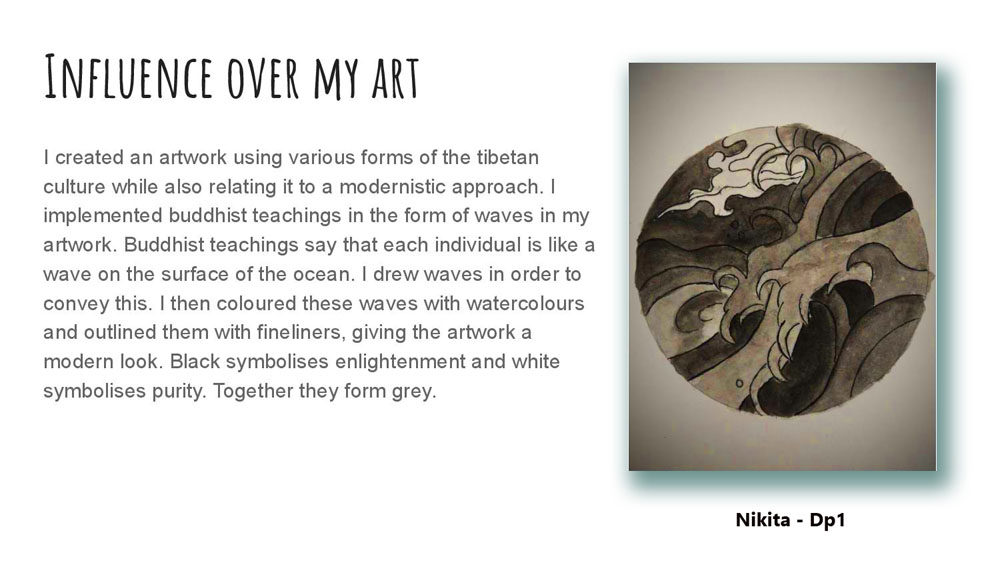
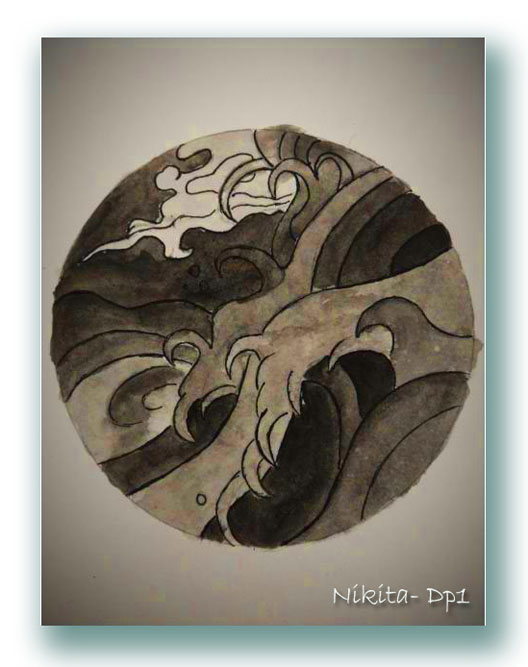





Leave A Comment